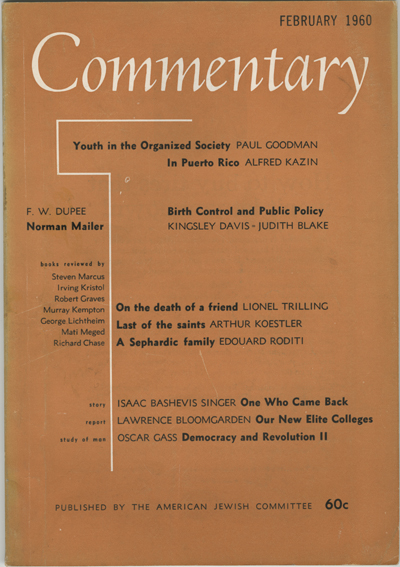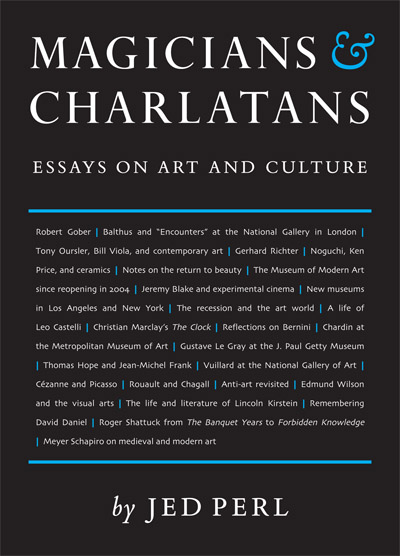On December 31, 1956, writer and political activist Nancy Cunard visited the Keats-Shelley House in Rome. She went there to contribute an account of one of her earliest, most intimate experiences as a young writer and to memorialize her connection with one of the most important figures of the Romantic period, John Keats. Although Keats had been dead for many years before Cunard was born, she vividly remembered meeting him—in a dream.
Cunard writes that the dream occurred when she was 15 years old, during “a summer of adolescence” when she was “troubled by her own lines and words.” She had read nearly everything Keats had written, “knew much of him by heart,” and believed herself “in love with him.” In the dream, the likeness of Keats told Cunard that she “should write, that [she] should be a poet.” Cunard was moved by the dream and continued to feel connected to Keats throughout her life. She signed off the piece she prepared for the Keats-Shelley House by writing, “thus, to the treasure of this house, I offer my small leaf… with love, and with a tear.”
Cunard’s dramatic prose reflects her own dynamic life and personality. The British writer and political activist was the daughter of a baronet. She attended private schools in London, Germany, and Paris, where she met the friends who would later call themselves the “Corrupt Coterie.” Despite her privileged upbringing, Cunard was quick to jump into the fray of political activism and regularly spoke out against fascism and racism.
The Ransom Center recently acquired several items relating to Cunard’s pilgrimage to the Keats-Shelley House in Rome, including Cunard’s personal copy of Neville Rogers’s book Keats, Shelley & Rome: An Illustrated Miscellany. Other related materials were laid in the pages of the book, including a postcard sent to Cunard by Vera Cacciatore—then curator of the Keats-Shelley House and a friend of Cunard—and a letter sent by Cacciatore, thanking Cunard for a recent review on Byron and imploring her to visit again.
One highlight of this acquisition is the original typescript Cunard presented to the Keats-Shelley House, her four-page account of her childhood dream of Keats. These materials join the Ransom Center’s extensive Cunard collection, the bulk of which were acquired between 1969 and 1977. The collection includes manuscripts of her works, personal papers, and correspondence, as well as poems and essays by many of her friends and associates.
The Center also recently acquired Cunard’s library.
Image: Page from the original typescript Nancy Cunard presented to the Keats-Shelley House. The document contains her four-page account of her childhood dream of John Keats.


